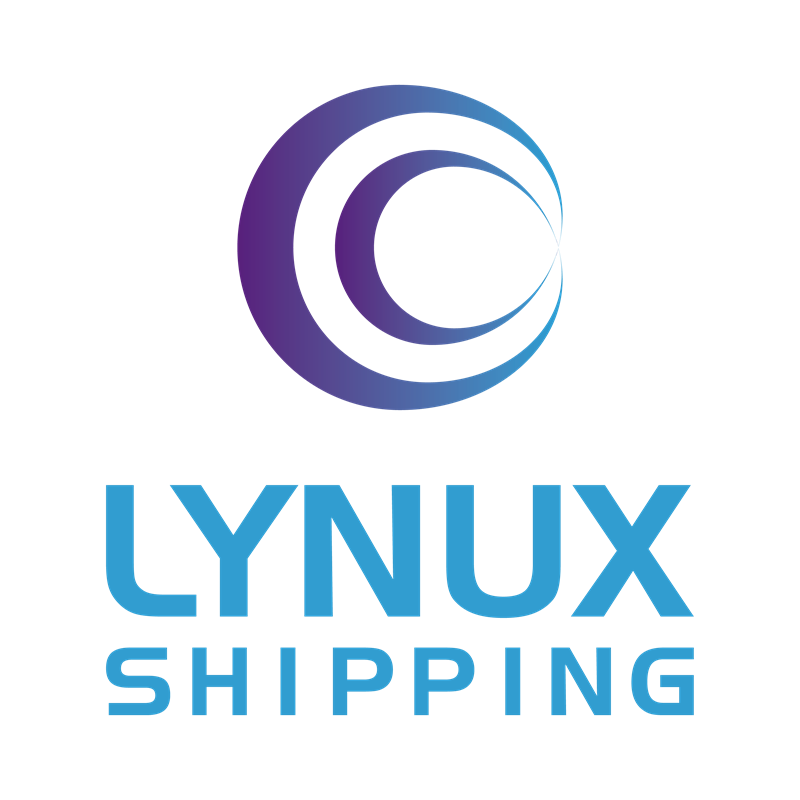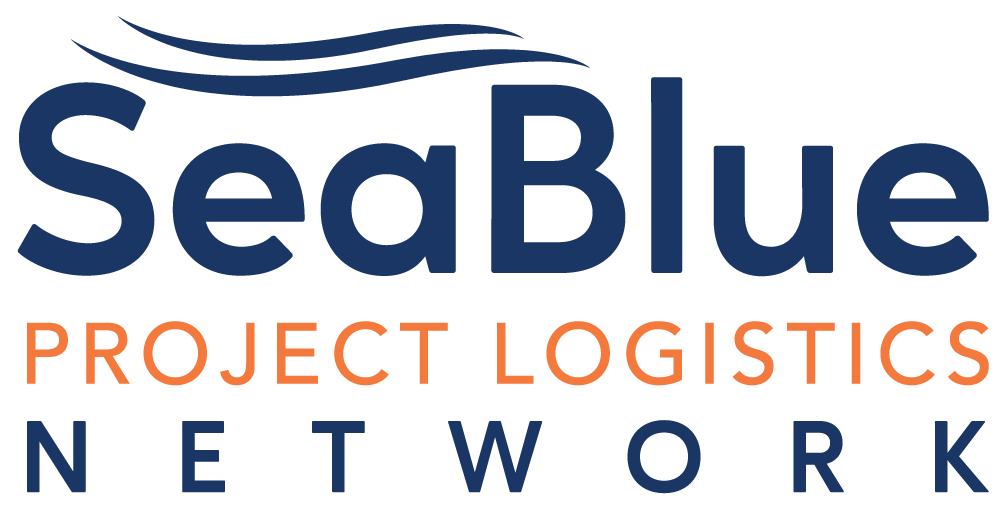Ports and Terminals Keen to Invest in New Technologies
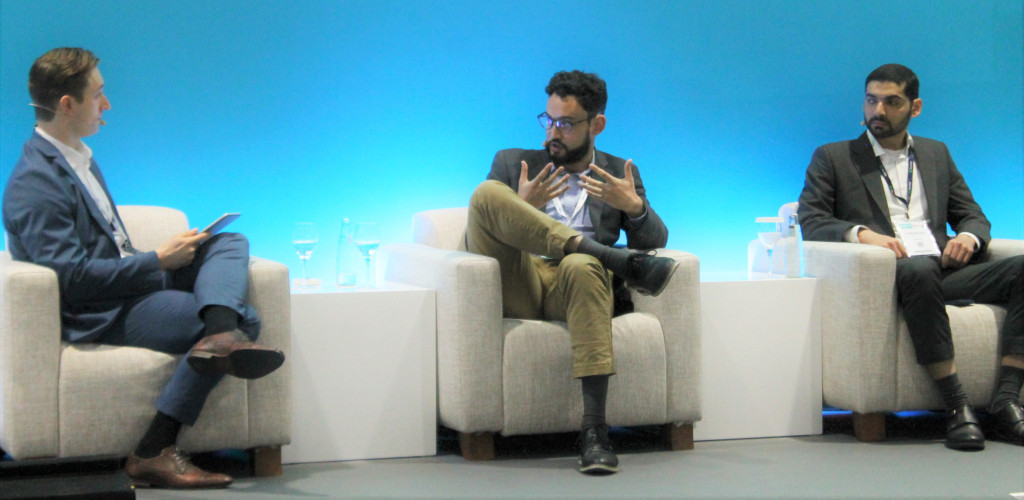
By Carly Fields
Digital technology is the next frontier in the breakbulk and project cargo port world and to reach it the industry must maximize efficiency, reduce labour costs and enhance productivity, a panel of port experts said at Breakbulk Middle East.
Speaking at the End-to-End Logistics: Artificial and Business Intelligence Driving Efficiency in Ports conference session, specialists from Hamburg Port Consulting, ConexBird, Navis and SAP agreed that while technology has already approved visibility, much more can be achieved with integrated, collaborative and coordinated digital technology in breakbulk ports.
Nicholas Gallie, co-owner of ConexBird – a developer of technology to measure the structural condition of shipping containers – identified digital technology as that new frontier and encouraged the breakbulk industry to partner with solution providers to reach it.
Tarek Shaalan, an industry executive advisor on the EMEA south cargo transportation and logistics industry at SAP Middle East, added that people are looking for supply chain resilience and visibility, in addition to dynamic co-operation.
Breakbulk ports and terminals were noted as keen to invest in new technologies with a “readiness to accept new things,” according to Subhaan Kazi, account manager for the Middle East and Africa at Navis. “The trend that we have seen is that the terminals which are using paper and doing manual spreadsheets are now ready to move to systems to improve efficiency, reduce labour costs, and enhance productivity. This trend is going to continue.”
Some companies are going the extra mile and collaborating with start-ups to develop a solution that will help them add value,” he added. “Terminals are trying to be more creative when it comes to picking and implementing a solution and that is giving opportunities to start-ups.”
Kazi advised that when ports are choosing a technology to implement, they should consider the robustness of the solution, the history of the company, and how proactively they are investing in innovation, at a minimum. Gallie added that ports also need to prioritize their needs, working in order of pain points.
Get Everyone on Board
For ports looking to implement digital tech, there needs to coordination across different departments. “You cannot just delegate to the IT, commercial or the operations department. Everyone needs to cooperate. It is important for the decision maker to understand this and get everyone on board,” Gallie said.
Regarding artificial intelligence, Shaalan addressed the notion that the technology will reduce the number of jobs available in multipurpose ports. His view was that, implemented correctly, AI will improve productivity, which will drive a rise in indirect jobs through increased moves and people needed to handle those moves. “Overall, the impact of AI is not as big as people thought it would be,” he said.
Shaalan highlighted one benefit of the challenges of the past two years in that businesses have become more accepting and tolerant of cloud solutions and digitalization of technology. “Five years ago, the discussion of going onto the cloud was very hard; now it is very easy,” he said.
Gallie agreed that within just a few years, businesses have stopped focusing on the risks of adopting cloud technology and are instead focusing on the risks of not adopting cloud technology. However, he said that wider digitalization is still underrated.
“It’s a shame that in this day and age that we can split the atom, but we are still faxing dangerous goods declarations. This is not just embarrassing, this is dangerous.”

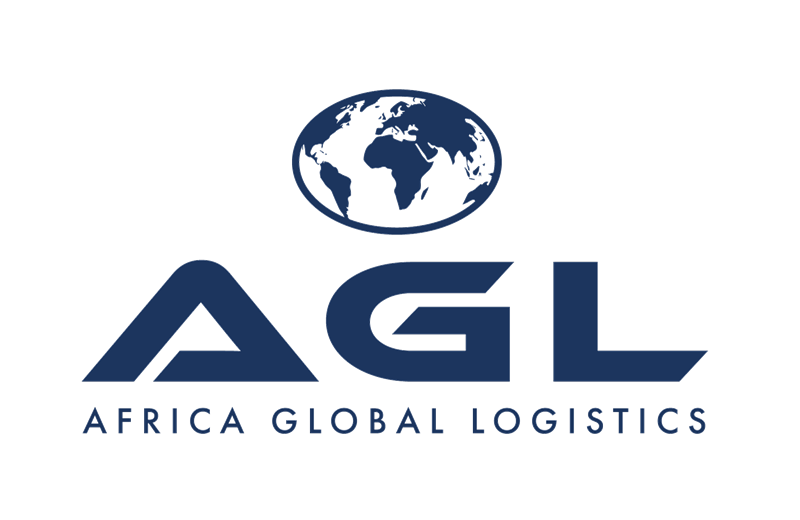


.png?ext=.png)
.png?ext=.png)
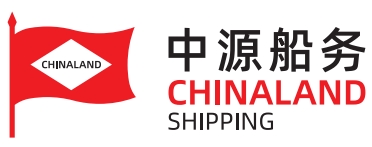
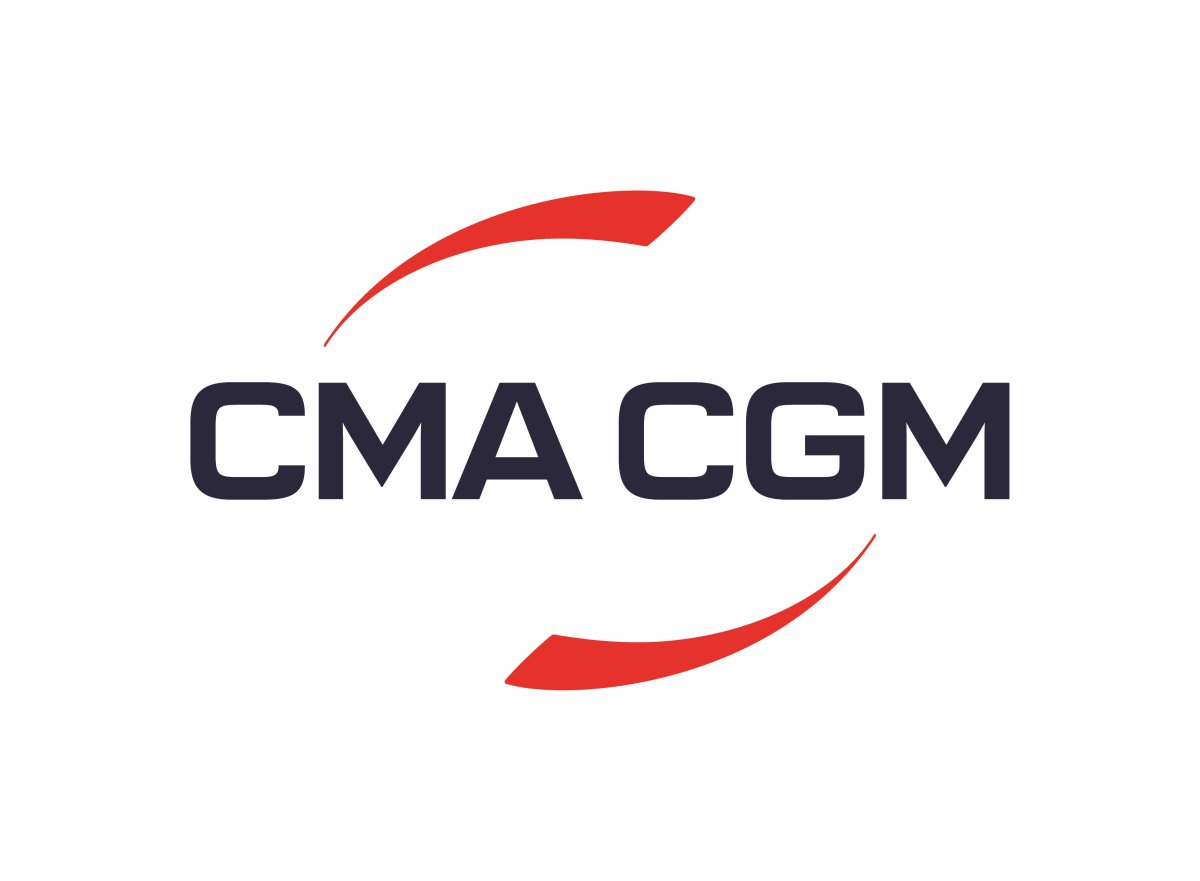
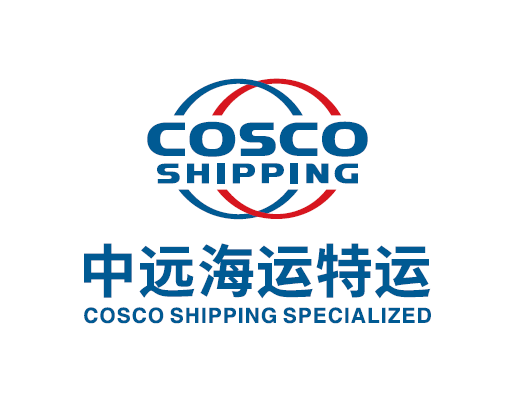



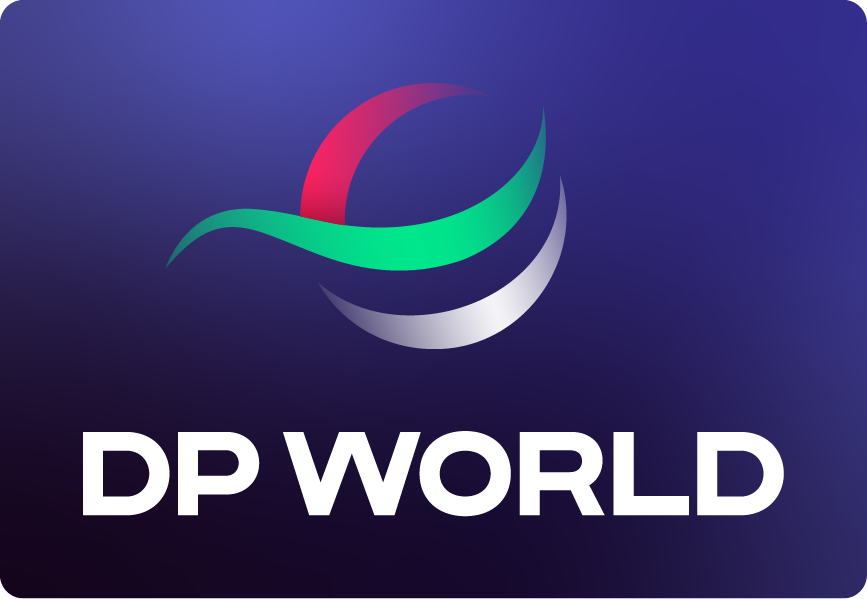


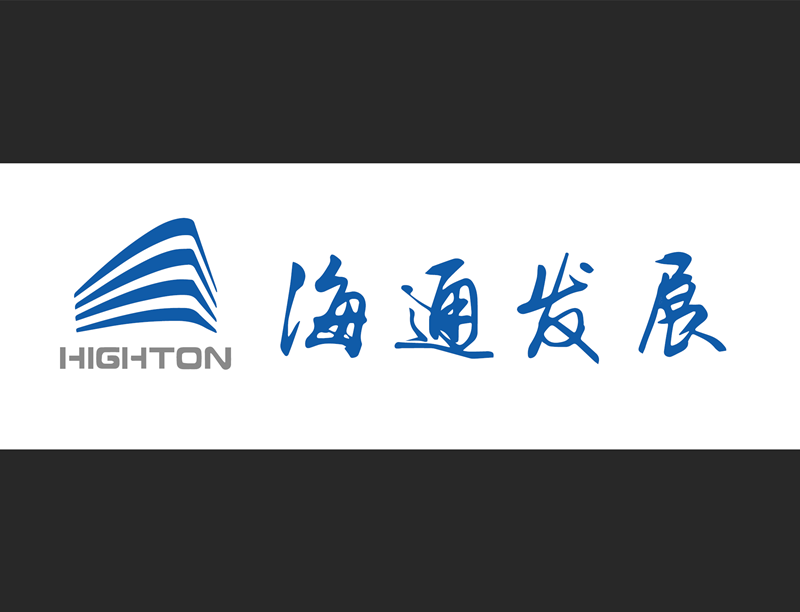
-(1).jpg?ext=.jpg)

.png?ext=.png)
_2.jpg?ext=.jpg)
